Bai Mu Dan 2013 white tea
Tax included
Shipping calculated at checkout
In stock
Pickup currently unavailable
The deep elegance of natural time in a ripe white tea
Bai Mu Dan (白牡丹 – White Peony) is a classic white tea, usually consisting of one bud and two leaves. This 2013 harvest comes from Fuding Province and has been naturally aged for years under optimal conditions. The aging process has darkened the color of the leaves and made the aromas and flavors more mature and silky.
The tea is soothing and soft not only in its aroma but also in its effect. It is a perfect choice for slow afternoons, inner reflection, or evening relaxation. It offers a rare balance between character and tranquility.
Flavor profile
-
Aroma: dried fruits, earthy honey, slightly sweet spiciness
-
Taste: silky, warm, slightly mineral, with a long finish
-
Body: medium-full, soft texture
-
Finish: honeyed, slightly woody, meditative aftertaste
There is also some oxidation between the leaves when exposed to air, which enriches the tea's aroma rather than suppressing it.
Preparation suggestions
🔹 Asian style (gaiwan or small pot)
-
Dosage: 4–5 g / 100 ml of water
-
Water temperature: 90–95 °C
-
Soaking time: first round: 20–30 seconds, then gradually increase
-
Number of infusions: up to 8–10, as mature leaves carry a lot of flavor
🔹 Western style (larger teapot or mug)
-
Dosage: 3 g / 250 ml water
-
Water temperature: 90–95 °C
-
Soaking time: 3–4 minutes
-
Multiple pours: at least 2, although not as complex as with gaiwan
🔹 Cold brew
-
Dosage: 6–8 g / 1 liter of water
-
Soaking time: 6–10 hours in the refrigerator
-
Characteristics: slightly fruity, honeyed, exceptionally silky drink - a special summer experience

Personal contact
Our teas don't come from wholesale warehouses or unknown sources. We travel to the small producers we source from – whether it's a Japanese family tea garden, a Chinese mountain village or an oolong maker in Taiwan.
Stories
We meet them in person, learn their story, see how they care for their plants, and how they process the fresh leaves.
These experiences are the soul of our teas. This way, not only is the quality guaranteed, but also the fact that behind each cup there is a real person, a real story.
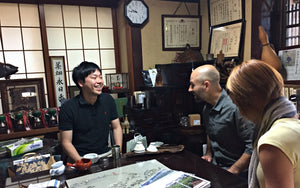

Direct
This direct relationship is valuable to us. Not only because of the excellent tea, but because we believe that trust, respect and personal presence are what make the tea drinking experience truly special.
Teavolution Tea Blog
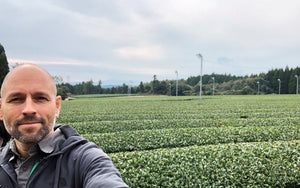
Oct 2, 2025
Sencha tea
Read more

Sep 21, 2025
Matcha hiány Japánban
Read more
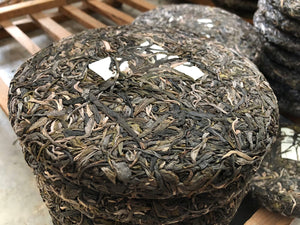
Mar 18, 2025
Puer tea, puerh or pu-erh
Read more
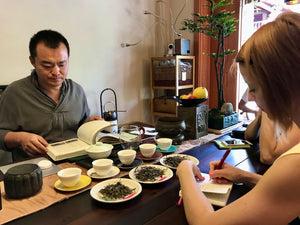
Mar 18, 2025
Types of tea
Read more
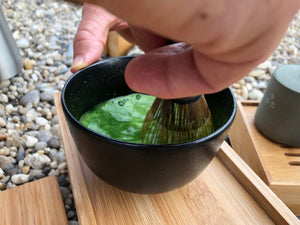
Mar 18, 2025
What is matcha tea?
Read more
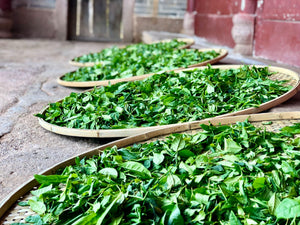
Mar 18, 2025
Oolong tea (Wulong tea)
Read more



